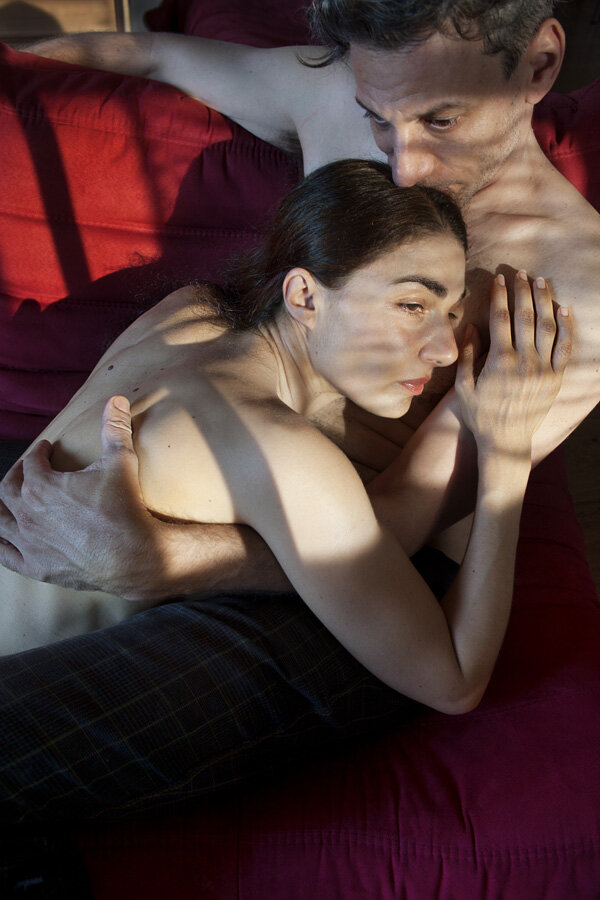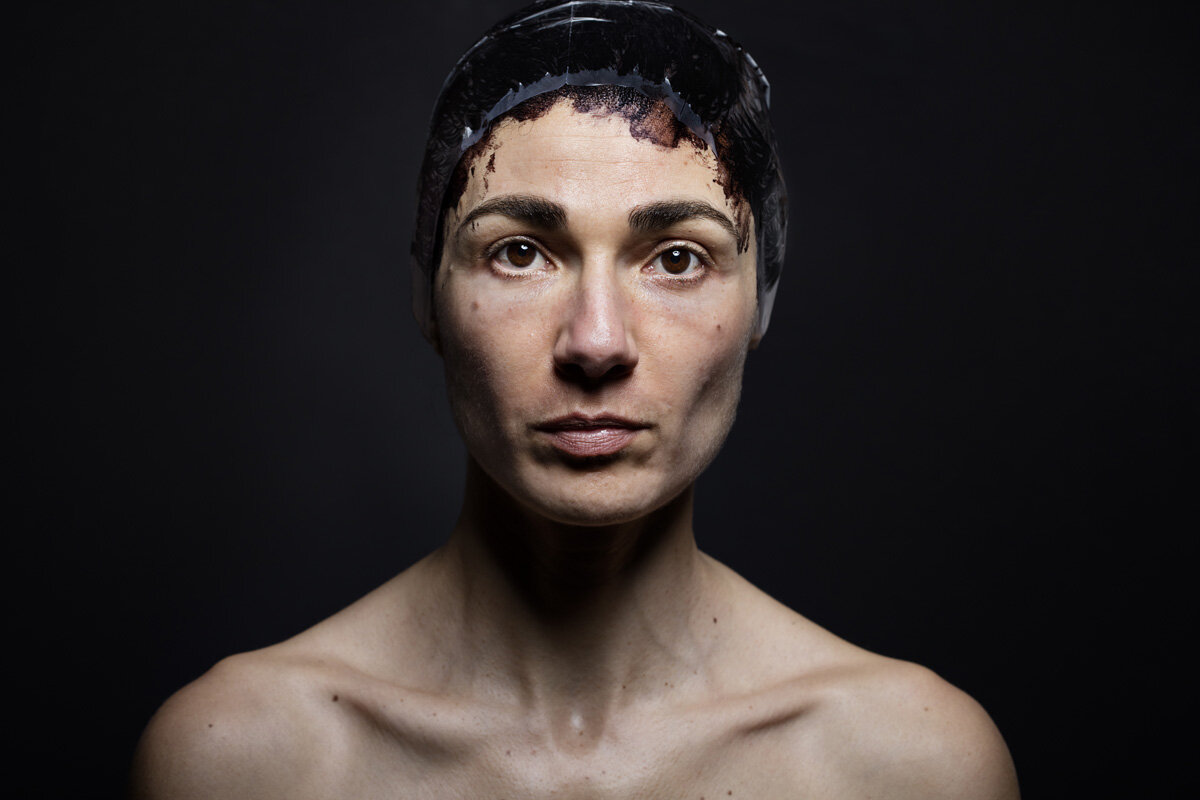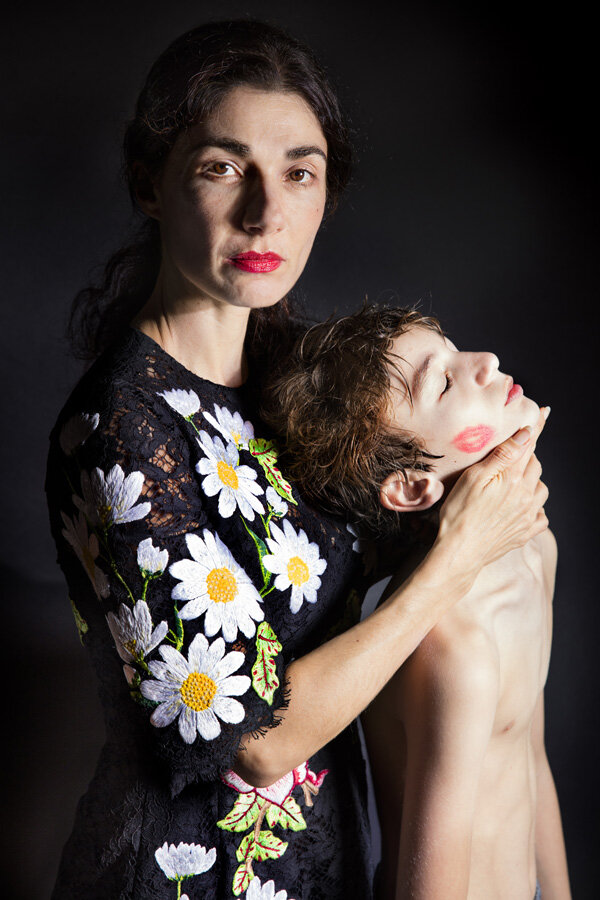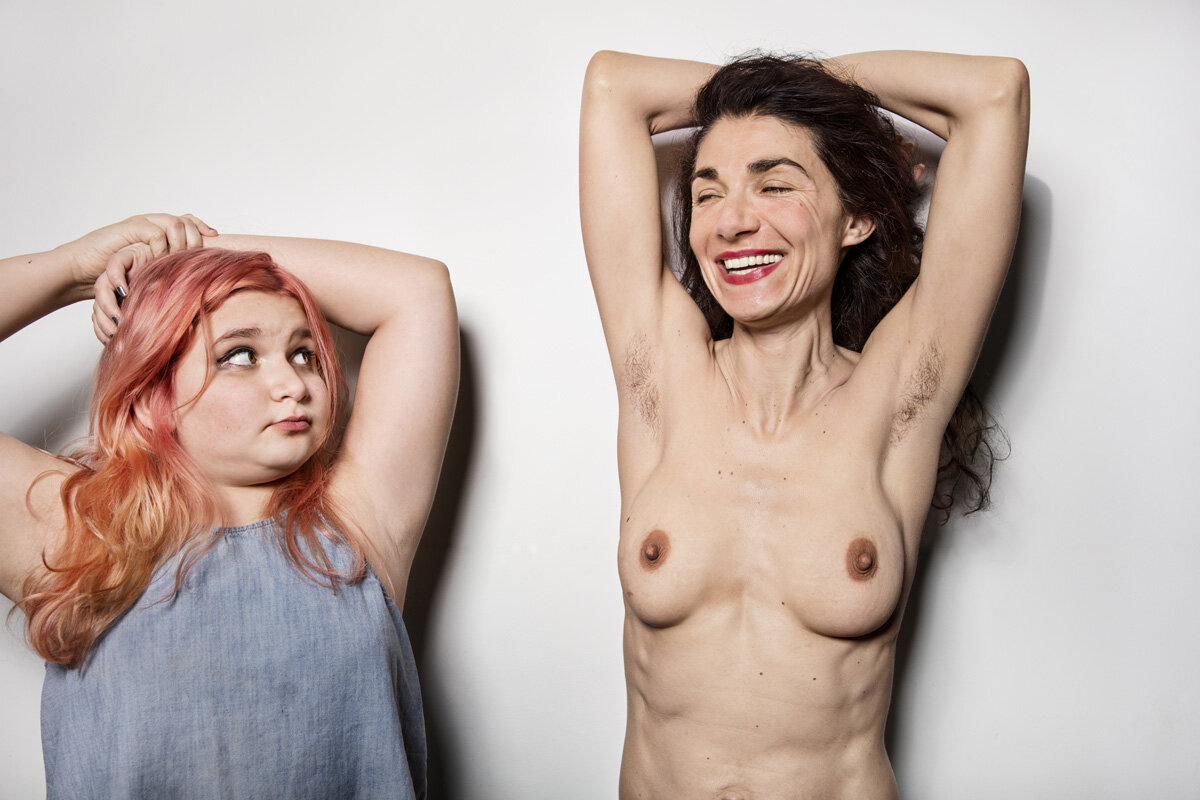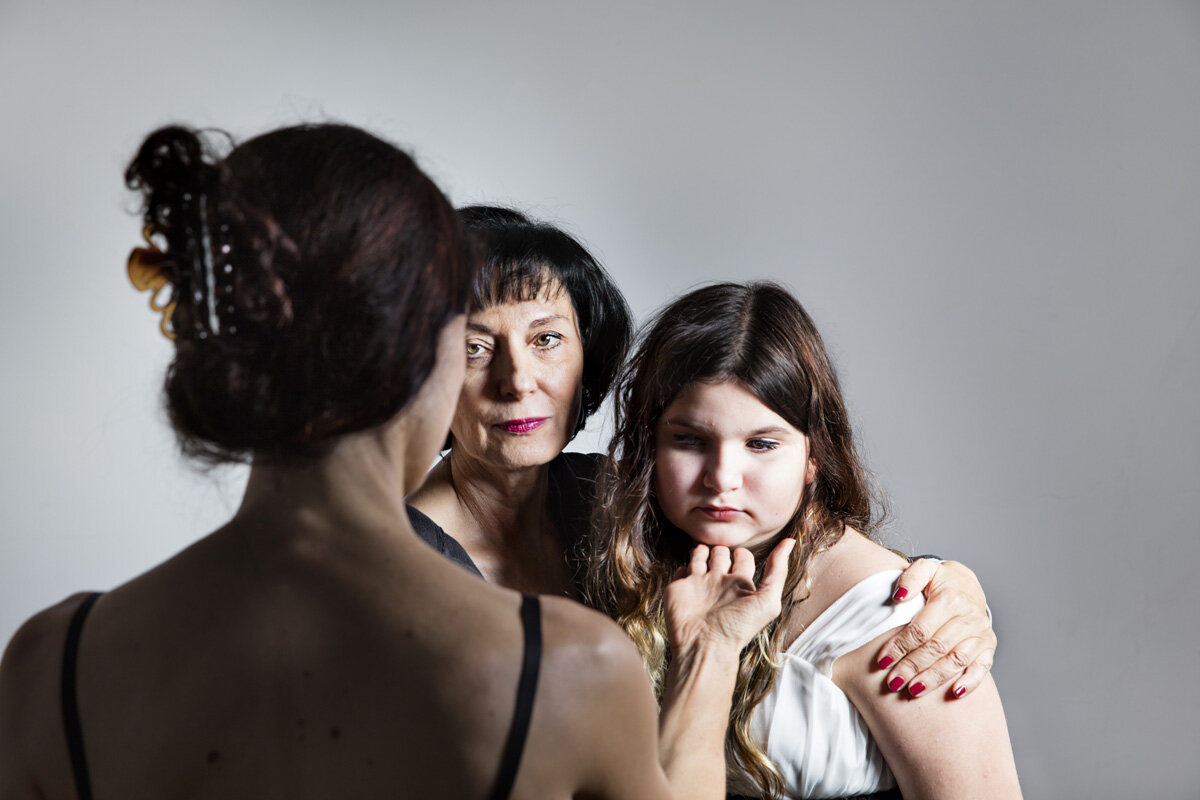Book Review: “Midlife” by Elinor Carucci
By Jess T. Dugan | December 5, 2019
Published by The Monacelli Press in October 2019
Foreword by Kristen Roupenian
Hardcover / 11" x 9.5" / 90 photographs
Elinor Carucci’s newest monograph, Midlife, is a continuation of her long-term intimate documentation of herself and her family. Known for her willingness to look intensely and closely at herself and those who are important to her, primarily her spouse, parents, and children, Carucci’s photographs capture some of life’s most profound experiences from close range and with refreshing honesty.
Midlife builds upon Carucci’s earlier work, published in two books: Closer (2002), which includes pictures of herself and her immediate family prior to having children, and Mother (2013), which focuses on her experience becoming a mother, beginning with her pregnancy and continuing for eight years following.
I have always appreciated Carucci’s willingness to look closely at things that others either turn away from or keep private: family and all of its accompanying complexities, sex and intimacy, pregnancy and parenting, and the reality of bodies. In this context, Midlife feels especially poignant, as it explores all of these issues through the lens of aging, sharing a story that is universal yet so seldom told.
The strength of many of Carucci’s pictures is that they reference a deep, psychological grappling, one of negotiating identity through changing relationships and over long periods of time. She charts her experience simultaneously being a parent and a child, an experience so common yet so immensely powerful and unique, a complex navigation central to many of our lives. She shows us the pleasures and struggles of marriage, the reality versus the fantasy, and the preservation of her own sexuality in relation to her role as a mother and caregiver. She shares with us her aging body: a grey hair that sticks straight up out of her head, lines and wrinkles on her skin, marks from pregnancy left on her stomach.
As I looked through Midlife, I found myself wondering about the intensity of the actual moments of making pictures. What is it like to photograph your spouse immediately following an argument or during sex? To photograph your children when they are upset, or feeling distant? What negotiation goes into photographing your own parents so intimately? How difficult is it to look at yourself, your loss of fertility, your own mortality, so closely? My interest lies less in the ethics of photography and more in the source, and depth, of the motivation to capture these moments as Carucci does so elegantly. Her drive is clearly powerful and pervasive.
Along these lines, two hospital photos stand out in my mind, one from Midlife, a photograph of her own uterus, taken just minutes after a surgery to remove it, and one from Mother, of her holding her daughter in the hospital room immediately after giving birth. I am simultaneously aware of how intense those moments must have been and of how infrequently we see these kinds of images in society. These are things that happen behind closed doors, things that we’re not supposed to see, much less desire to look at.
In addition to the representational photographs, there are several abstract images Carucci made by creating paintings from her own blood. These images are, of course, red, which is an integral color in her larger body of work. In the afterword, she writes about all of the ways in which red is an emotionally charged color and the role it has played throughout her life:
I have wondered for a long time if excessive exposure to any specific color can have a profound psychological effect on us; I’d even say that blood and the color red are defining parts of my identity.
Also in the afterword, she writes of her relationship with her husband, Eran:
One of the most beautiful and rich elements that evolved with age was my relationship with my husband Eran, and the deep sense of trust and friendship that came with years of marriage. There is a prevalent idea that the “partnership” of marriage can replace the romance of marriage, that we become a “team” instead of a couple. We learn to think that this is useful, but that the tenderness and romance of the relationship goes away, so we need to force it, to make time for romance, date nights, and maybe even a weekend away in some hotel.
But all those notions made me angry. Why can’t this teamwork and partnership – those intense collaborations and discoveries of parenting, the deep commitments of time and attention – be appreciated on their own? To me these are triumphs, the real maturity of middle age. This is romantic to me; this is love.
Throughout Midlife, there are moments of sadness and tension, but there are also moments of humor and immense joy. Carucci is saying, this is what life is, all of it. Although this book is brand new, it already makes me want to see what comes next. Carucci ends the book with a poetic nod to the future, writing:
I know I must love, touch, and laugh. Every year that goes by I joke more; I try to laugh more, I have to. I feel more and hurt more and fear more. I love more.
And I am only midway through.
Midlife is available from The Monacelli Press and on Amazon.
All images by Elinor Carucci / Courtesy of The Monacelli Press.

